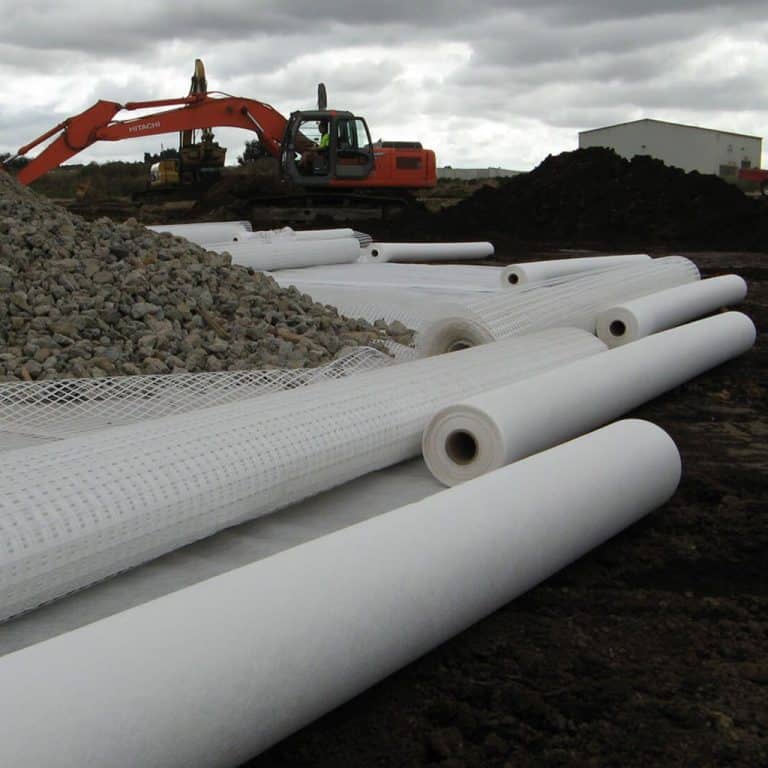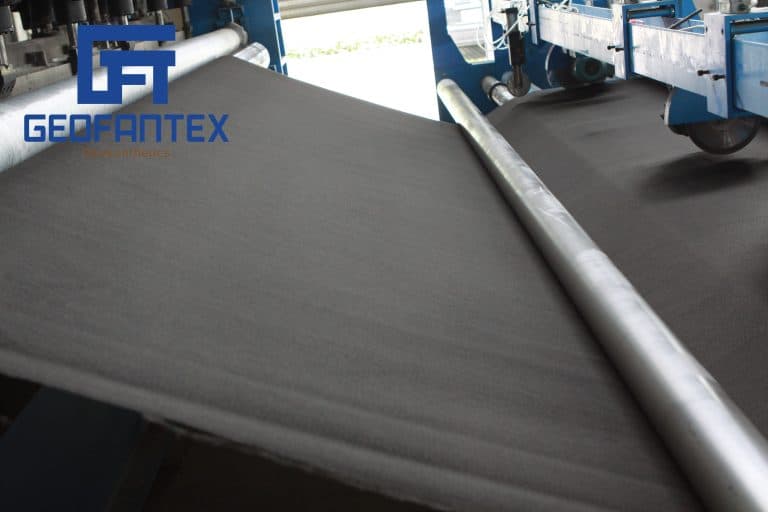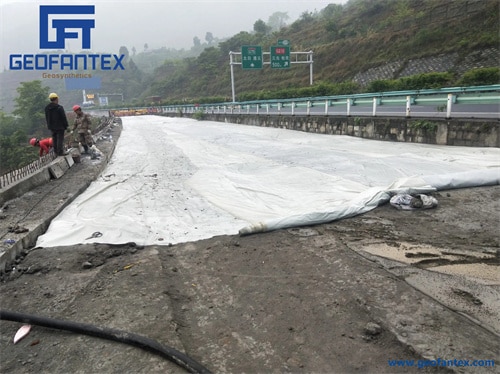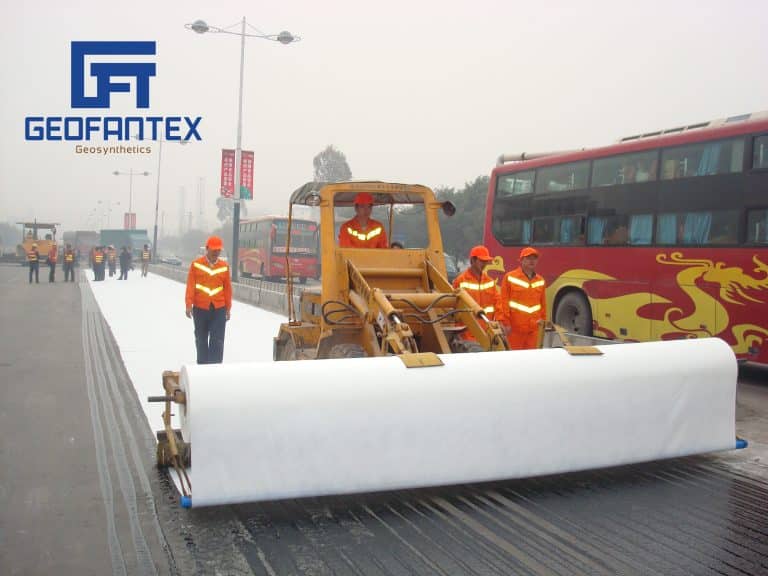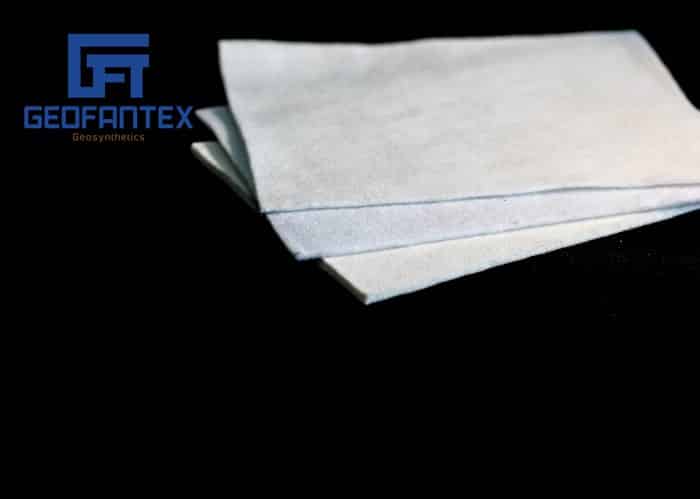Understanding the Differences Between Woven and Nonwoven Geotextile Fabric
Geotextiles are an essential component of modern construction and engineering projects. They are used to separate, reinforce, and stabilize the soil in a variety of applications, such as roadways, railways, airports, parking lots, retaining walls, and landscaping. Geotextiles are available in two main categories: woven and nonwoven. Each type of geotextile has unique properties and characteristics that make them suitable for specific applications.


